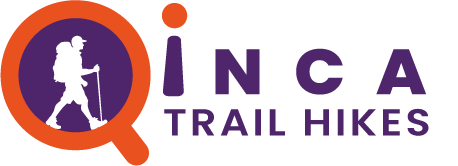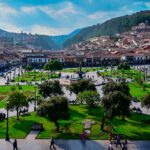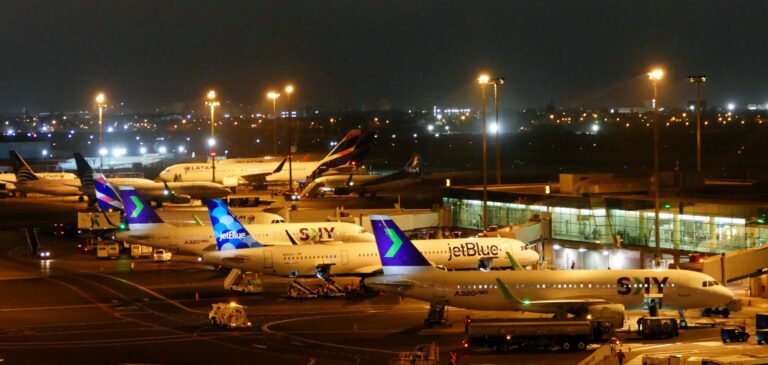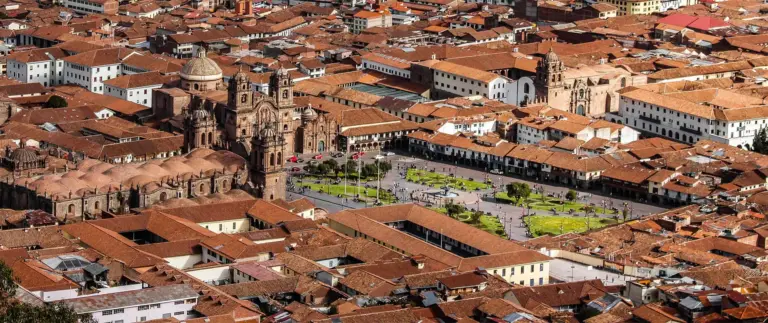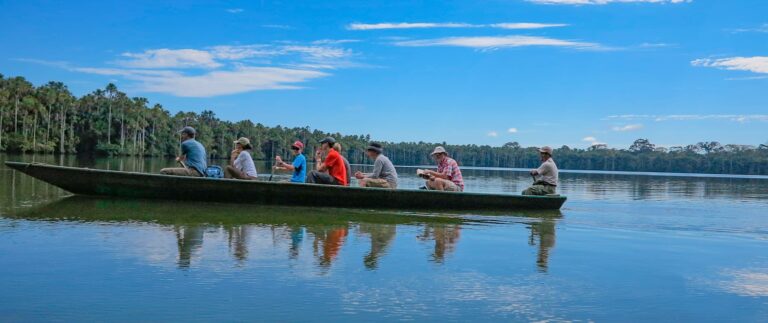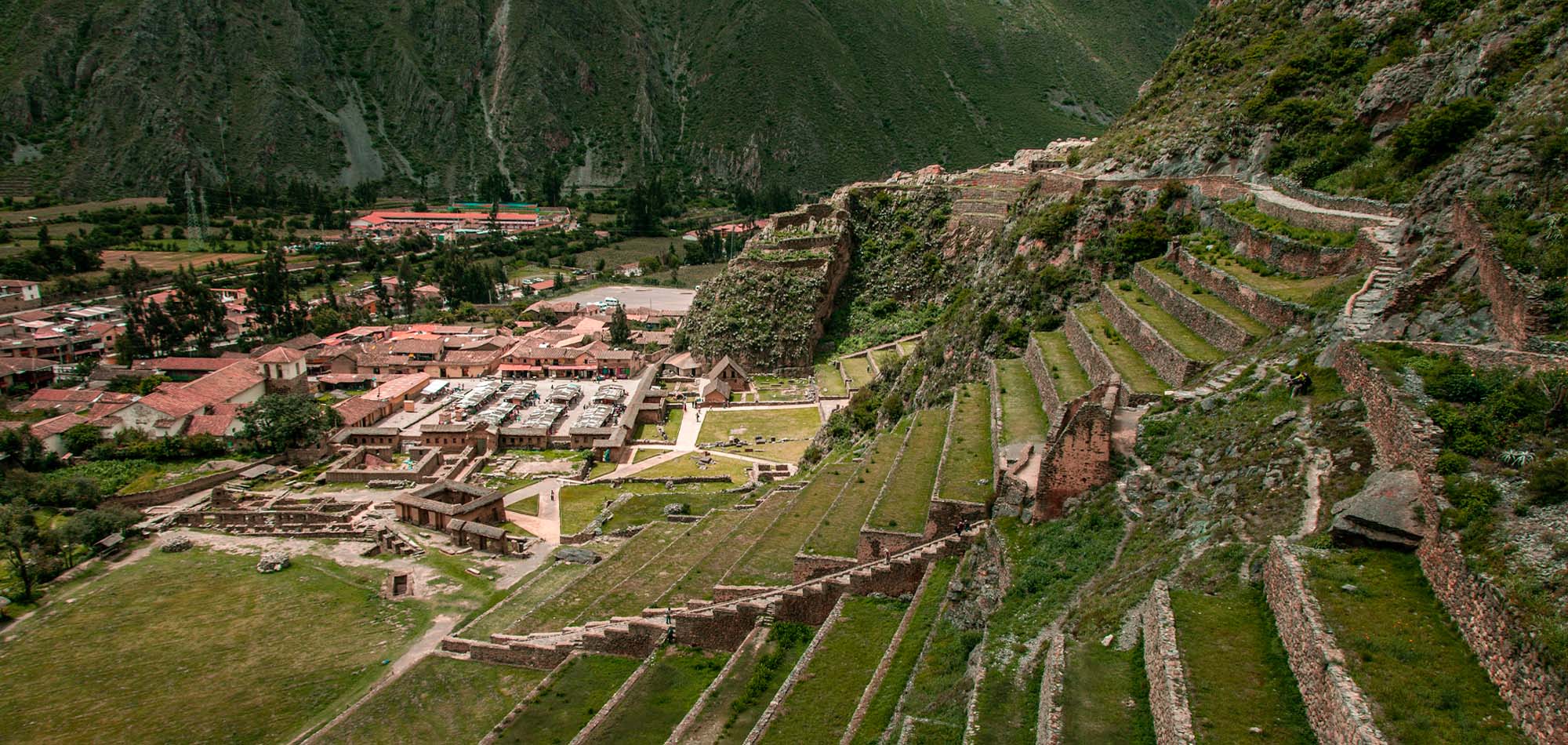
Only a short ride from Cusco city, as you enter the Sacred Valley, lies the town of Pisac famous for its colorful local market and Pisac Ruins towering atop the hill. Modern Pisac has gained a lot of popularity with expats looking to settle into the Andes and live an organic tranquil life, which has created the most fascinating dynamic between its inhabitants.
About Pisac Town
Pisac town is a gateway to the Sacred Valley. Due to its strategic location, we can guess that the main purpose of the ancient Incan city was to protect Cusco city (the capital) and the Sacred Valley. Another theory is that it was a major trading point. Nowadays, we can be grateful that the Inca people built one of the most picturesque sites in the most beautiful of settings. This part of Peru is so beautiful that a visit is essential.
Weather in Pisac Peru
During the year two seasons are observed: in winter (from April to September) the temperatures oscillate between 2 ° and 20 ° C with a magnificent blue sky during the day and drop in temperature at night, in summer (from October to March) there are constant rains and the temperature varies between 7 ° and 21 ° C. Pisac is part of the Sacred Valley of the Incas, so the weather in Pisac Peru is usually temperate during most of the year, with some ups and downs during certain periods.
During the course of the year, the temperature generally varies from -0 ° C to 18 ° C and rarely drops below -3 ° C or rises above 21 ° C.
What to do in Pisac Town?
Pisac is a great and affordable option for a day trip from Cusco. But if you are travelling a little slower, than you could stop here on your way to Ollantaytambo and Machu Picchu. Another option is to use it as your base to explore the Sacred Valley. It’s also a great alternative if trying to acclimatize to the altitude. It has an eclectic group of permanent residents. For those interested in an alternative lifestyle, with different religious options and a variety of specialty foods, then Pisac is the place for you. Pisac still has a large number of indigenous people still living here. Immerse yourself in the culture and enjoy the many authentic Peruvian festivals that take place quite frequently.
The Sunday Pisac Market
This sprawling Sunday market which spills out over half of Pisac’s streets is a feast for the senses. It continues to see its fair share of families from the surrounding villages making their weekly trip to Pisac, which provides a wonderful opportunity for people watching and insight into local life.
If you can’t visit on Sunday, then a scaled down version of Pisac Market does run throughout the week, and Tuesday and Thursday are official market days (though less grand than Sundays).
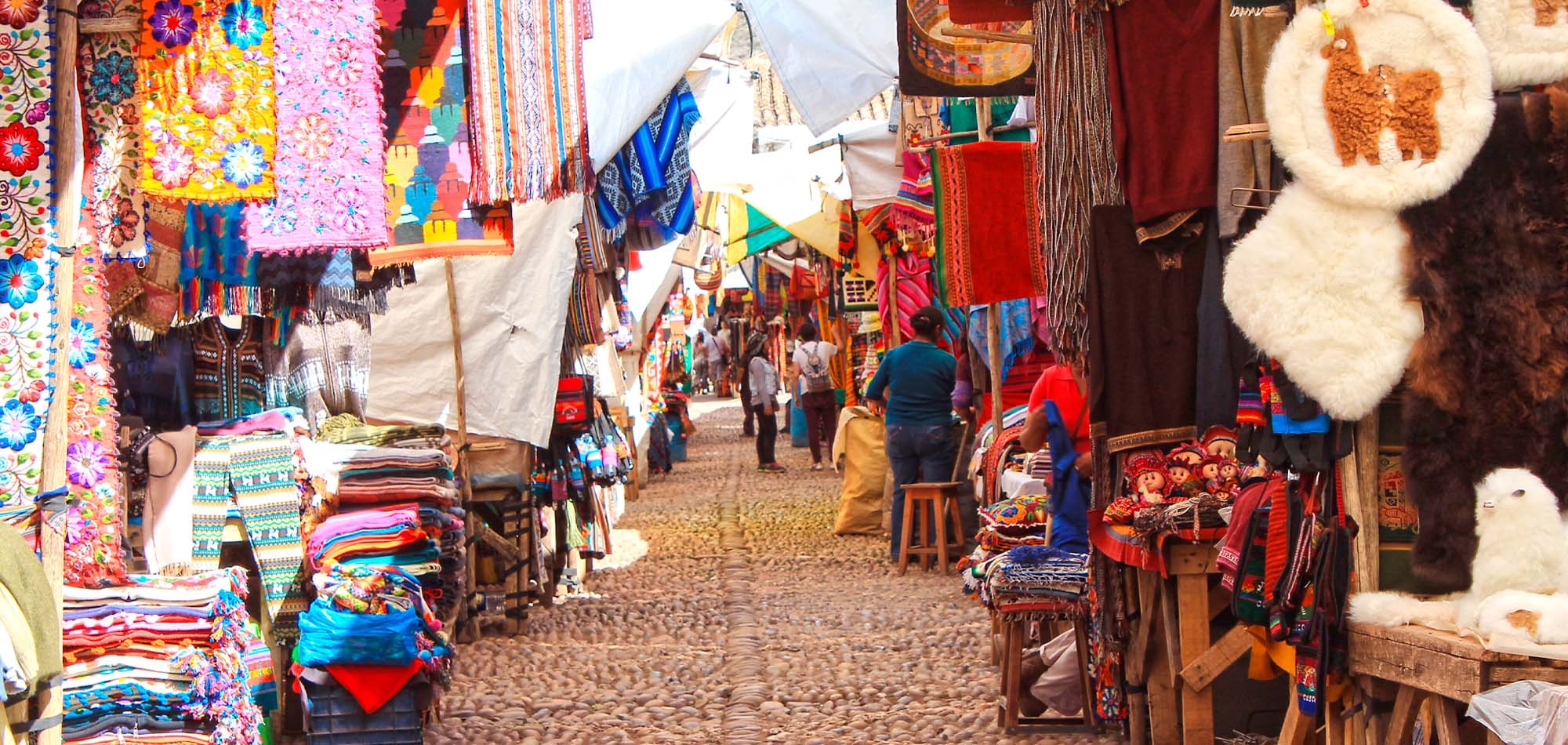
Shopping Tips for Pisac Market
- Don’t be frightened to leave,If a dealer refuses to negotiate on pricing, there are plenty of other option
- 2.Pay attention to your surroundings..Pickpockets have been observed operating in crowded areas such as the Pisac Market. Keep your valuables close at hand and be cautious.
3.Give yourself plenty of time…There’s no reason to haste…obtain the finest bargains if you shop around and bargain at your own pace. There is no need to hurry.
Go to a Local Brew Pub
The Cervecera del Valle Sagrado is a microbrewery in the “Sacred Valley.” While the main brewery and production site is in Pachar, near Ollantaytambo, a taproom has opened in
Pisac! The “Cerveceria del Valle Sagrado Pisac Taproom” is a block from Plaza Constitucion and has an open garden-like atmosphere. Local beers on tap are complemented by a pub cuisine menu. The Pisac tap room by “Cerveceria del Valle Sagrado” is a welcome addition to the Pisac Peru town.
Climb the Pisac ruins
The hike to the Pisac ruins is not super hard, but don’t expect a leisurely stroll either.
If you decide to hike the Pisac ruins, be rewarded by stunning vistas. You also get to see more ruins than the average visitor who usually wonder around the upper part of the ruins. Despite the famous Pisac ruins being so close to Cusco, the trail usually is almost completely empty.
To get to the trailhead, walk through the market and continued via Intihuatana street uphill. On arrival you have to purchase a boleto turistico to enter. When you purchase your boleto turistico it’s better to buy the multi-day option. From here, you follow the narrow, but well-signposted path via terraces. After some time, you discover what was left from Pisac fortress which was once scattered all over the hill. It takes about two hours until you reach the main part of the ruins, where you meet up with other tourists. You have the option of not hiking up, so a lot of the tourists always opt to just walk down.
To get back to Pisac, you walk the same way back.
Hiking Distance: The hike to the ruins is four kilometers long and mostly uphill, but you are walking slowly, taking plenty of photos, wondering exploring smaller ruins on the way.
Pisac is 2972m above sea level, so you need to gain almost 400m in elevation because the top of the ruins is 3347m high. Either way, this hike is good training if you plan on doing the Inca Trail or any other alternative trek to Machu Picchu.
Taxi + Walk: If you aren’t fit, then this is the sensible option; it’s also the most popular way to reach the ruins.
Once your colectivo has dropped you off and you cross the bridge into Pisac, you will find a group of taxi drivers who run tourists up the road for 15 minutes to the back of the ruins for around S/. 20-25 one way.
Due to the inflated price, try to do this trip in a group to split the cost and don’t be afraid to haggle if you are being charged more than this.
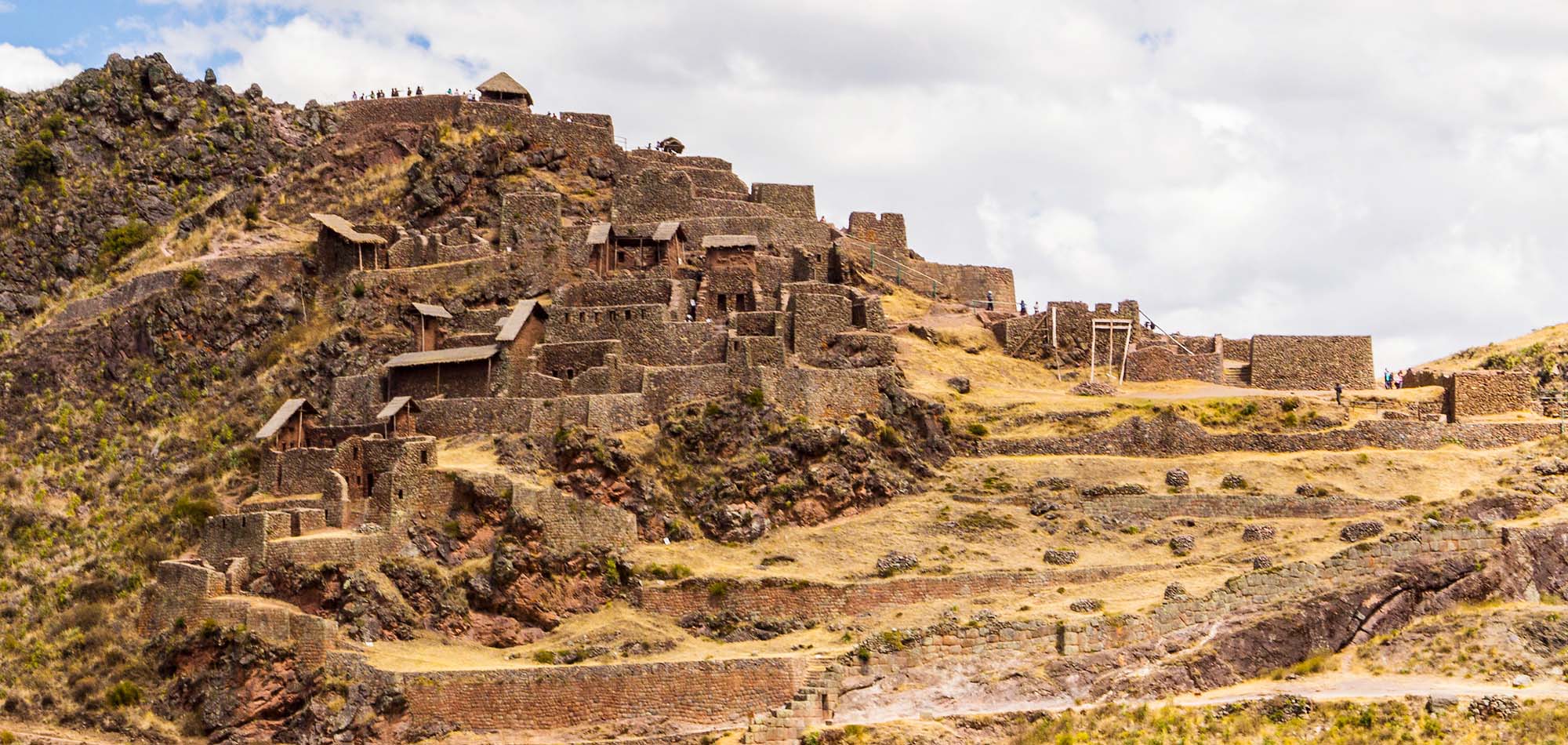
Entrance Fees to See Pisac Ruins
There are four tourist ticket options, which are all valid for different lengths of time, include different sites, and have different prices.
1.- FULL CUSCO TOURIST TICKET
This is the standard and most economical if you want to visit more sites over a span of more than one day which includes 16 sites.
Price: S/. 130 / $35 for non-Peruvian adults. S/. 70 / $19 for non-Peruvian children (see below for more information).
Time: Valid for 10 consecutive days (i.e. it will expire 10 days after you purchase it, regardlenss of how or when you use the ticket).
Tip: Note that the Quoricacha aspect is only access to the outdoor gardens – an additional entry has to be purchased for the museum or Inca temple inside, fee 10 soles.
2.- ONE DAY PARTICAL CUSCO TOURIST TICKET
The partial ticket is the ideal option for those on a tighter budget, or who only wish to visit a handful of specific sites. There are three different ‘Circuitos’ / Circuits available:
Circuit 1
What’s Included: The ruins which lie just outside Cusco: Saqsayhuamán, Q’enqo, Puka pukara, Tambomacha. These are best visited on a single day-trip.
Price: S/. 70 / $19 for non-Peruvian adults
Time: Valid for 1 day only.
Circuit 2
What’s Included: The Cusco Museums: Contemporary Art, Museo Historical Regional, Monumento Pachacuteq, Tipon, Quoricancha, Museo de Arte Popular, Centro Quosqo de Arte Nativo. Pikillaqta.
We imagine that this is the least purchased Cusco tourist ticket because a number of these museums ain’t great.
Price: S/. 70 / $19 for non-Peruvian adults
Time: Valid for 1 days.
Circuito 3
What’s Included: The Sacred Valley Ruins: Pisac, Ollantaytambo, Chinchero, Moray.
Price: S/. 70 / $19 for non-Peruvian adults
Time: Valid for 1 day.
***On the full boleto turistico, international students can receive a 50% discount – making the ticket just S/. 70 / $19 . To take advantage of this offer, you have to be 25 or under, and need to bring your original student or ISIC card and passport. Children are also charged a discounted price.
Treks and Tours to Pisac and the Sacred Valley
1. Sacsayhuaman and Pisac 1 Day Tour
This day tour visits the famous archeological site of Sacsayhuaman, three more archeological sites near Cusco and the ancient town of Pisac! Sacsayhuaman with its impressive Inca military construction protected the northeastern part of Cusco from invaders and is adjacent to the large Cristo Blanco Statue above the city. Also explore the archeological sites of Q’enqo, Puca Pucara and Tambomachay, which are located on the way to Sacred Valley and Pisac.
The Inca Village of Pisac has the largest handicraft and textile market in the region of Cusco and the archeological ruins of Pisac are considered to be one of the most interesting Inca archeological sites in the country – besides Machu Picchu of course! The Inca tunnel and the Sacred Temple are constructed from pink granite. Explore one of the biggest Inca cemeteries with more than 2,000 tombs and admire the farming terraces built into the mountain. At the colorful Inca market in Pisac, you will have plenty of opportunities to test your bartering skills, interact with the local artisans and purchase their hand-made souvenirs, although you do not need to buy anything, but it is still fun to look around.
2. SACRED VALLEY + ATV TOUR (Pisac + Moray + Maras + Ollantaytambo)
The Sacred Valley is vast and stretches for miles with many small indigenous towns, secluded weaving villages, outdoor handicraft markets and ancient Inca Ruins including Pisac, Ollantaytambo and Urubamba. Orange Nation also includes the Salt Mines in Maras which have thousands of ponds carved into the mountainside. See the Terraces of Moray, which are built in the form of an amphitheater and have different temperatures at each level to grow different crops. It was watered through a complex irrigation system and allowed the Incas to grow over 250 types of vegetables. End the tour at the fascinating and imposing site of Ollantaytambo, a truly impressive Inca ruin!
3. Sacred Valley Of The Incas Tour With Moray & The Salt Mines
The itinerary allows you to enjoy the best highlights of the Sacred Valley, such as the archeological sites of Pisac, Ollantaytambo, Moray and the Maras Salt Mines, rather than just focusing on various markets for shopping. All of this is provided in a private tour with a guide who is passionate about Inca history.
The valley between Pisac and Ollantaytambo is known as the Sacred Valley of the Incas. On this tour, we will drive through the mountains of the Sacred Valley, which played a key role in Inca culture and history. The Valley has a milder climate and is at a lower altitude than Cusco.
No other travel agency besides Orange Nation Peru visits all of these sites in their Sacred Valley Tour!
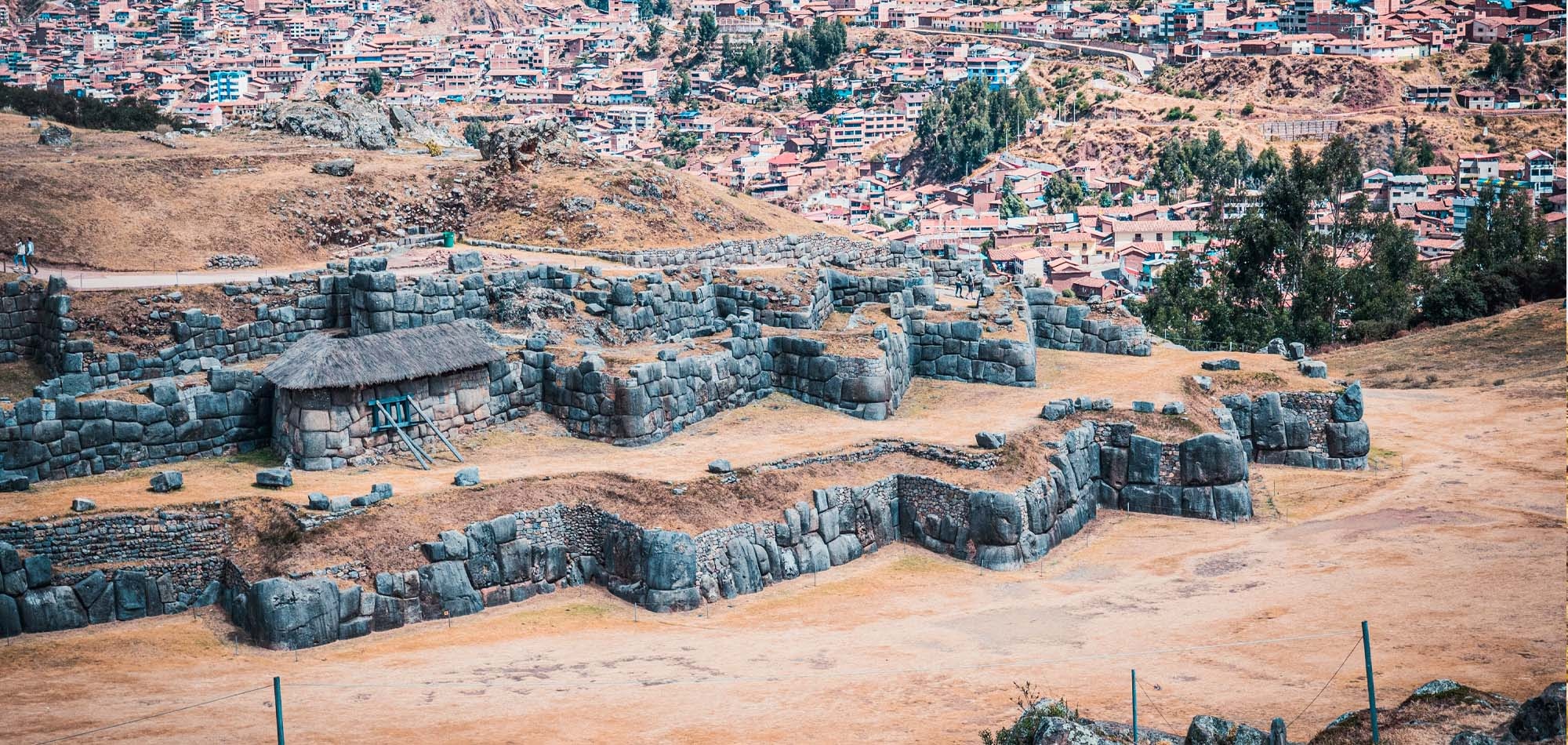
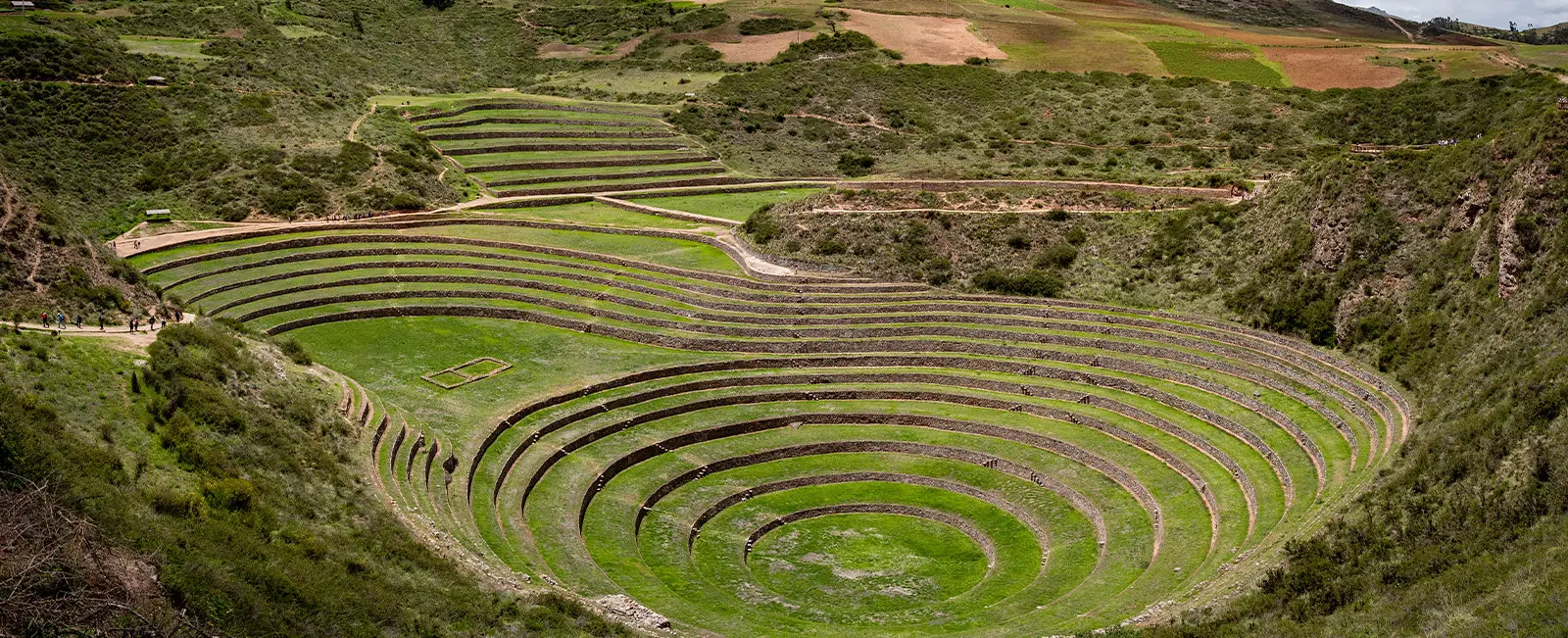
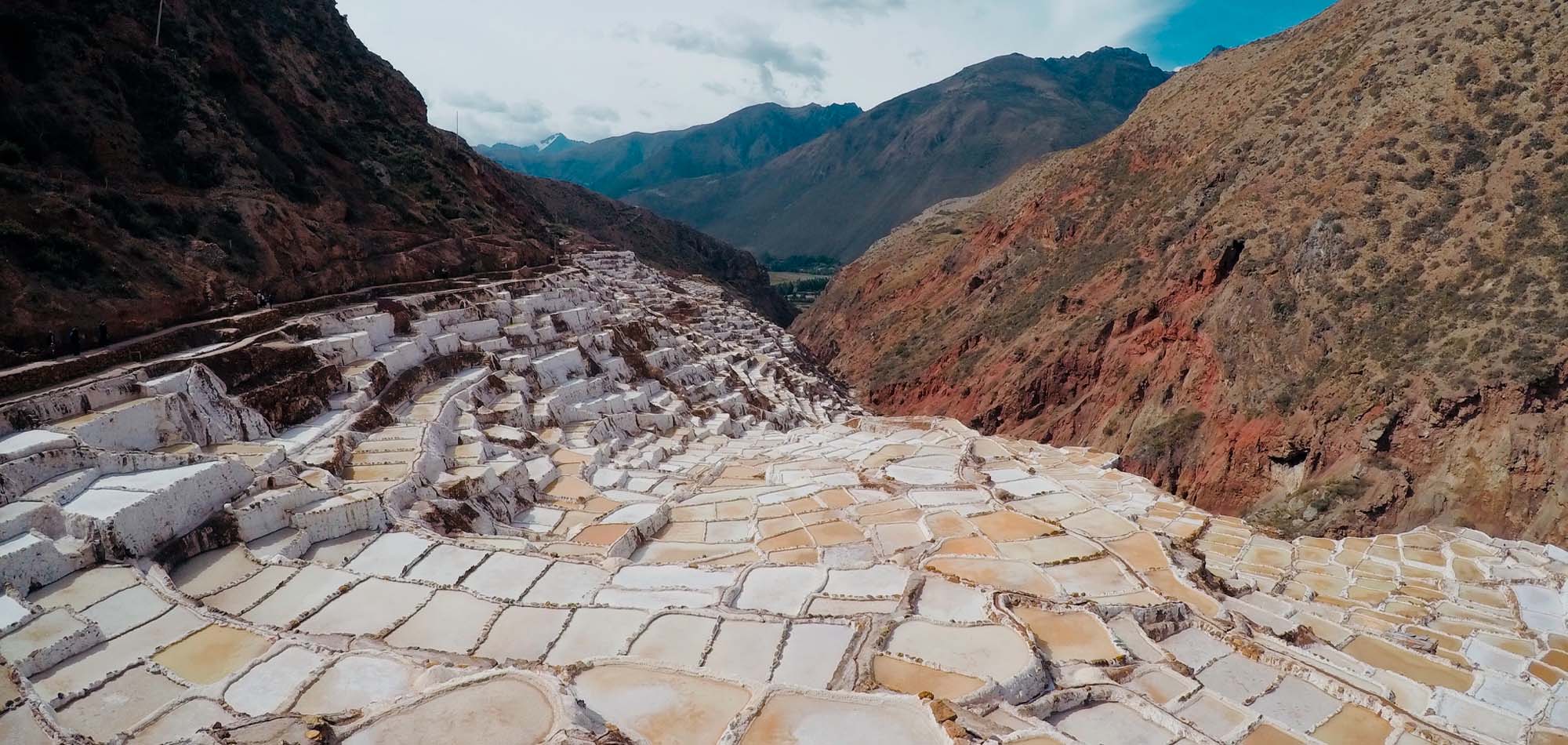
Where to stay in Pisac?
If you do plan on extending your time in Pisac, using it as a Sacred Valley base, or simply want to disconnect and savor a few nights out of the big city, then the town does have a few walk-in hostels and hotels on offer. However, if you want to book in advance and want something upscale and dependable, then check out a few of the recommendations below. Note: the best options in Pisac are usually located about 5–10-minute walk outside of town.
Pisac Inn : A small charming hotel. The best thing about it is its location, right in the middle of the historical center. It has great views of the mountains and river.
Nunu Boutique Hotel: A slightly more upscale hotel. Located just outside of the town of Pisac in Lamay, this place is surrounded by nature and great place to recharge.
Pisac Inca Guest House: This family owned guest house has a lot of amenities on offer. Enjoy a free hot breakfast and daily housekeeping. They also have a yoga and meditation room. The terrace has amazing views and great spot to relax and enjoy a cocktail.
Is it worthwhile to go to Pisac?
Pisac is unquestionably worth a visit! This community in Peru’s Sacred Valley has amazing hilltop Inca ruins, beautiful natural treks, and a pleasant atmosphere.
Most travelers will only visit Pisac on a day trip from Cusco, but with so much to see and do in the surrounding area, it’s best to stay for a few days in this Andes Mountain village.
Pisac Travel Advice
Bring a bottle of water with you for the stroll.
Hiking boots are strongly advised. You will prevent twists and mishaps this way.
You should bring a rain poncho. The timing of the river precipitation is unknown.
On a hot day, it is best to wear a hat, sunscreen, and sunglasses.
